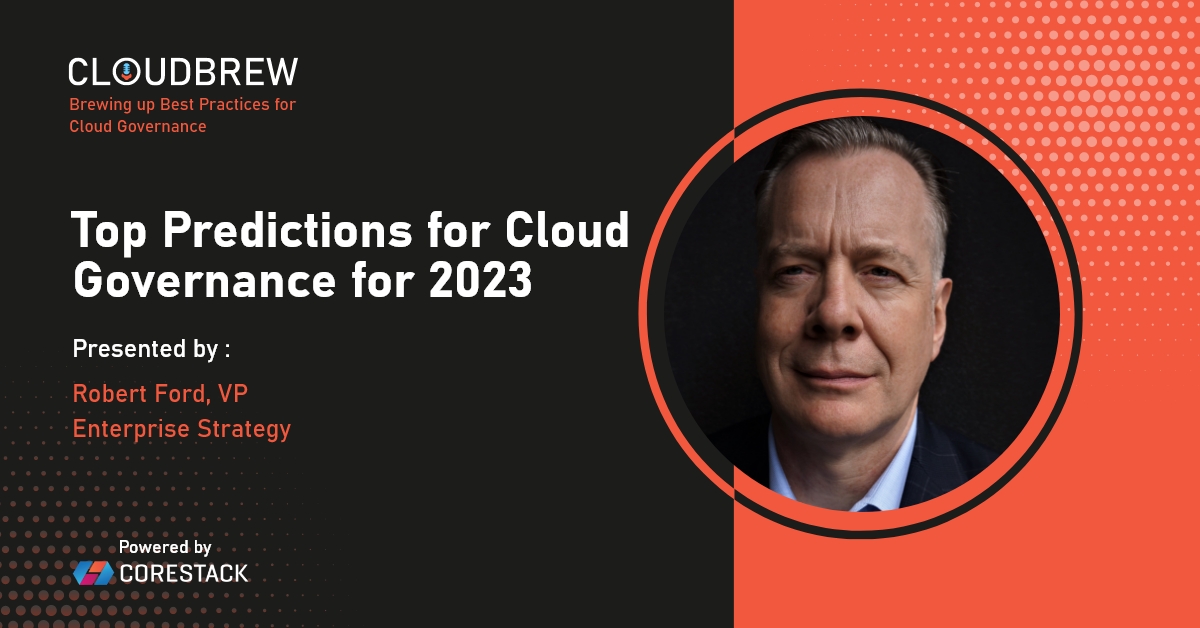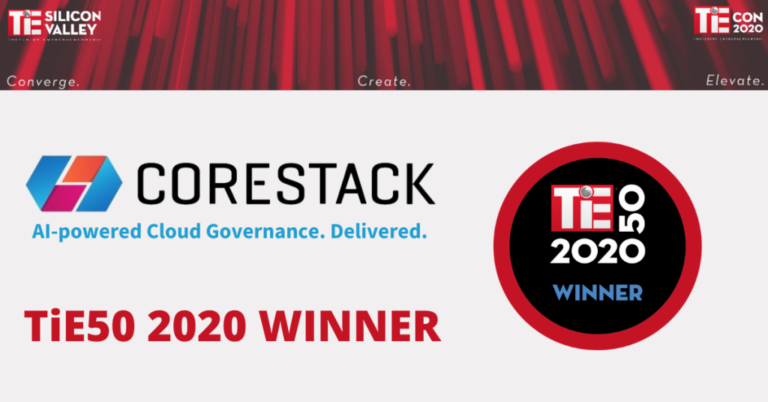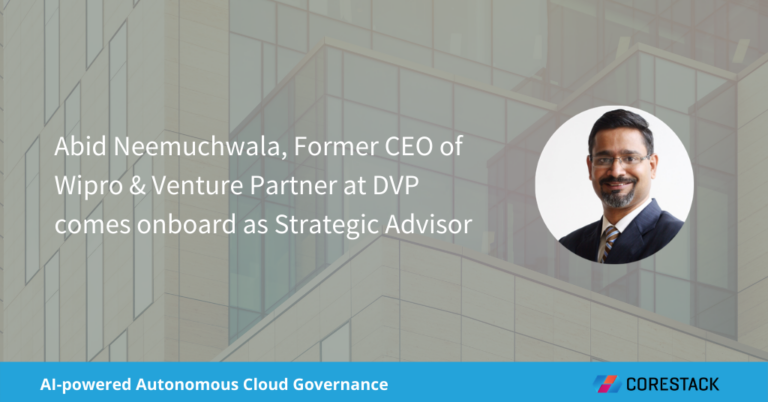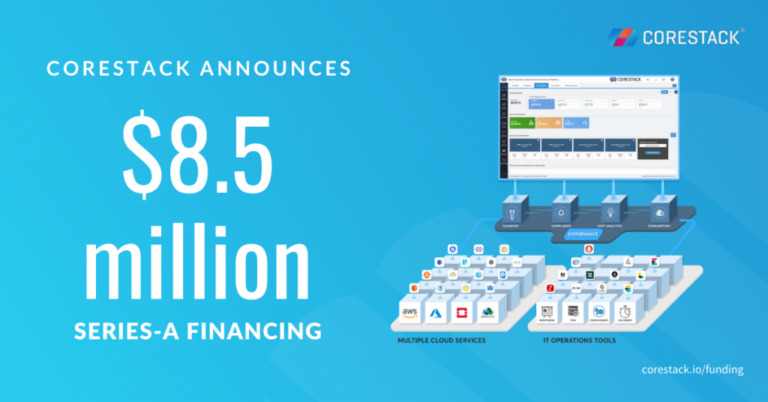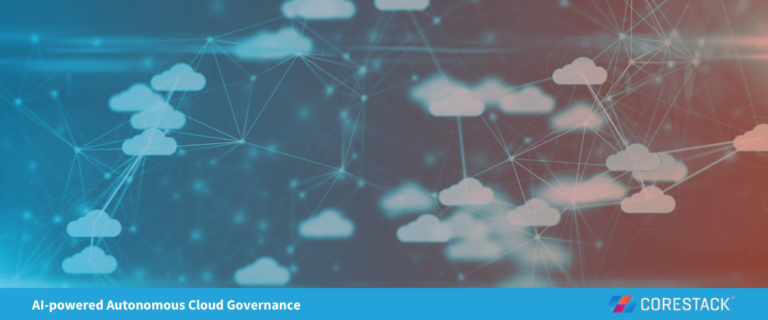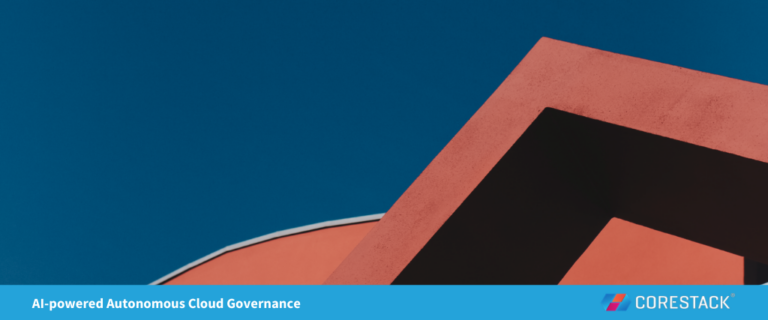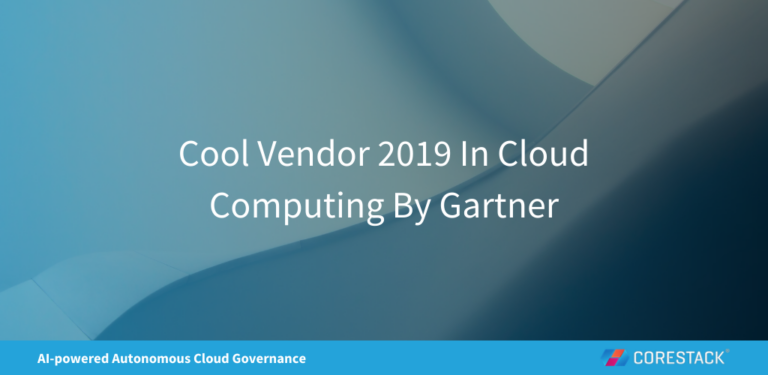Top Predictions for Cloud Governance for 2023
In episode 1 of CloudBrew, CoreStack's VP of Enterprise Strategy, Robert Ford, defines cloud governance and gives his top predictions for 2023
Cloud governance. If not defined properly, it’s a topic that can deflate the energy in a meeting or conference. Is it something that’s going to constrain your company? Is it going to slow you down? What about adding overhead?
The truth is, when done right, cloud governance is as much about growth as it is control. Today, you need both to thrive in cloud.
In Episode 1 of CloudBrew, CoreStack's NextGen Cloud Governance podcast, we define the topic and get predictions from Robert Ford, our VP of Enterprise Strategy.
Defining cloud governance
According to Ford, CoreStack’s version of cloud governance is embracing every facet and capability of the cloud, and extracting every ounce of value when you Cloud with Confidence. “And when I say confidence, it's more than just a word. We break that word down into some very specific meanings,” Ford says.
C-O-N-F-I-D-E-N-C-E
C = Control (how to manage it)
O = Ownership (know who owns what)
N = Notification (in real time)
F: Fidelity (trust)
I: Insight (remove blind spots)
D: Discovery (know what’s out there)
E = Expediency (act fast and pragmatically)
N = NextGen (continuous and autonomous)
C = Compliance (adhering to standards)
E = Efficacy (effectiveness)
3 predictions for cloud governance
As Ford reports, “I've synthesized what customers are telling us and what I see in our competition. We also listen to what analysts share with us. And since we have such close relationships with all the hyperscalers, we see the following playing out in 2023.”
Prediction 1: Cloud governance becomes the de facto cloud operating model
“Loosely defined, an operating model is how you operate to deliver maximum value to your customers. And in today's digital world, where every company to some degree is a software company, all roads digital lead to and from the cloud,” says Ford.
Therefore, how you govern that cloud from every facet will, more or less, become the de facto cloud operating model. How you run it from a cost, security, compliance, and green lens becomes your model.
“A cloud operating model, like any operating model, is all about delivering value. It helps answer the question that many boardrooms are asking of their IT teams: where’s the value that’s been promised in this cloud investment?” says Ford.
Prediction 2: GreenOps comes of age
How important is GreenOps? “You know it's serious when you've got hyperscalers like Microsoft investing in cloud sustainability,” says Ford. He reports that all hyperscalers are looking at how to position their commitment to ESG (Environmental, Social and Corporate Governance) and SDG (Sustainable Development Goals).
From the boardroom to customers to employees, the following questions are being asked:
Would you provision a cloud resource in a greener data center, even if it costs more?
Would you invest in a cloud purchase that produced less MT CO2 in that environment?
Ford says, “We need to think of GreenOps just as we think of FinOps, and there's a very close correlation between the two.”
Prediction 3: Abstraction is now the name of the game
This forecast comes from the discussion around supercloud. The conversation used to be, “Should we go to cloud?” After that ship sailed, the conversation became, “Which cloud? Which hyperscalers are best?”
“We realized that all hyperscalers are good for certain things, so now we’re on multi-cloud. Some CIOs, when you say ‘multi-cloud,’ they roll their eyes,” says Ford.
CIOs often look at multi-cloud as expensive and confusing, as the talk of supercloud heats up. To help with these concerns, cloud governance within multi-cloud is abstracting companies from the complexity of it all. All the confusing little things can become a more holistic, simplified concept. “I think the ‘pointy end of the spear’ is going to be cloud governance, because it's the first place that that you go in terms of managing the costs,” Ford predicts.
“Supercloud is coming, and the concept of abstracting complexity—from the data center to hyperscalers to the edge—is going to be the Holy Grail.”

